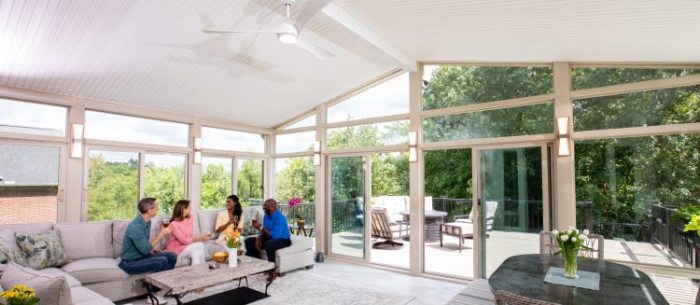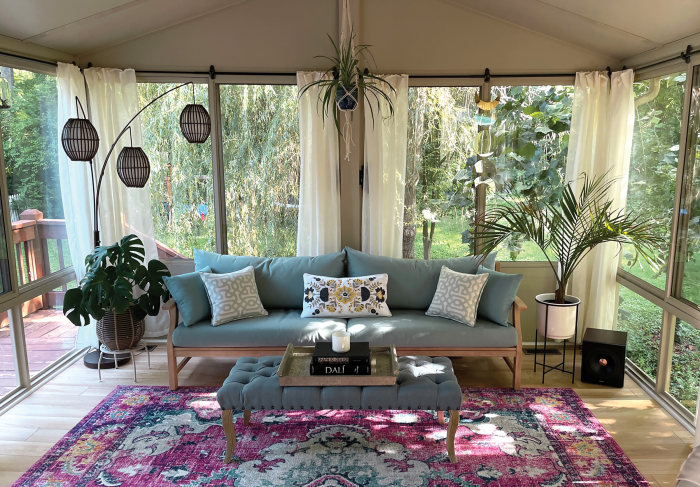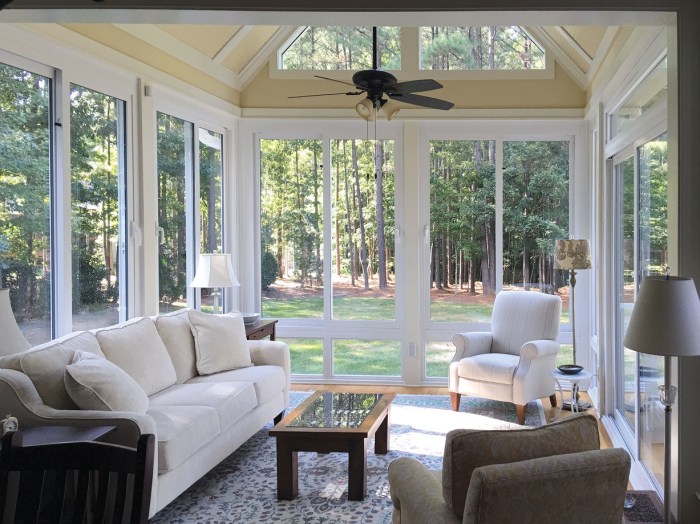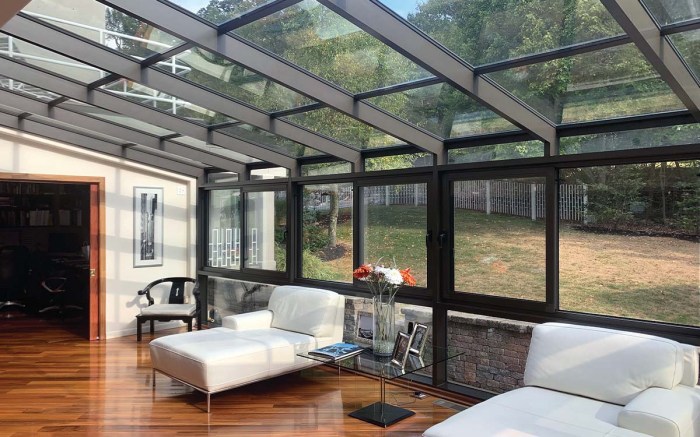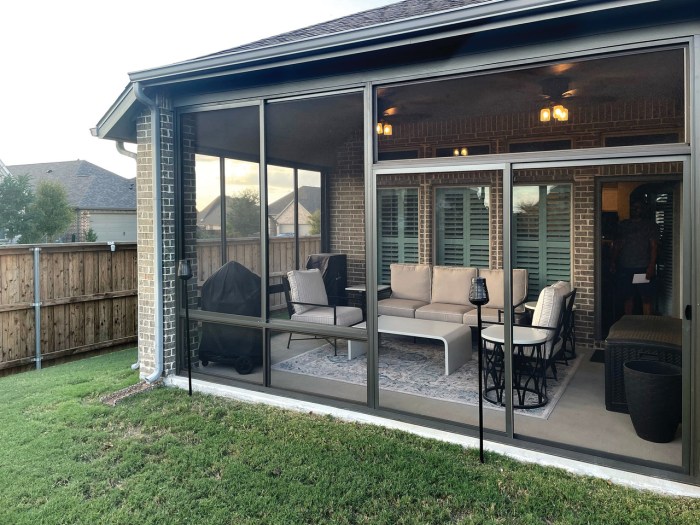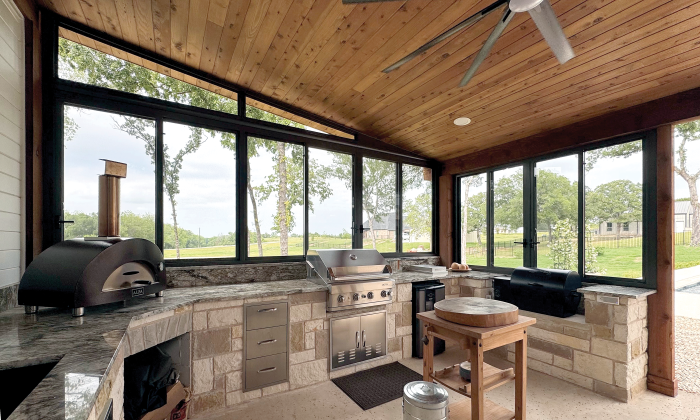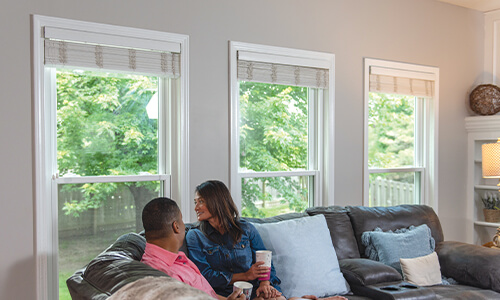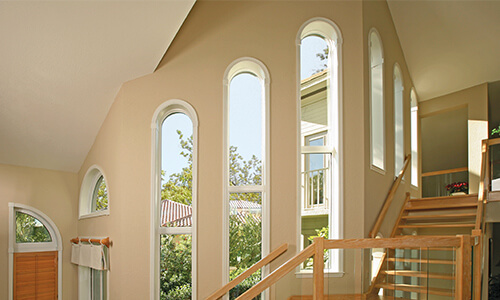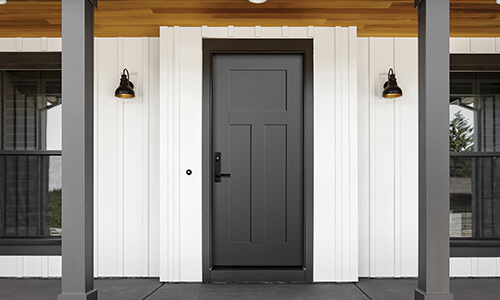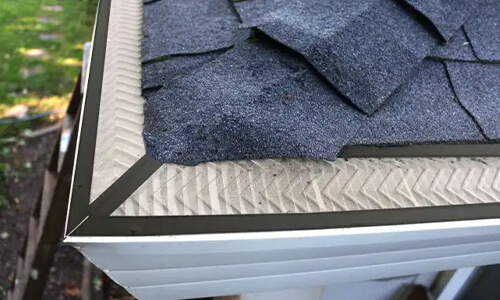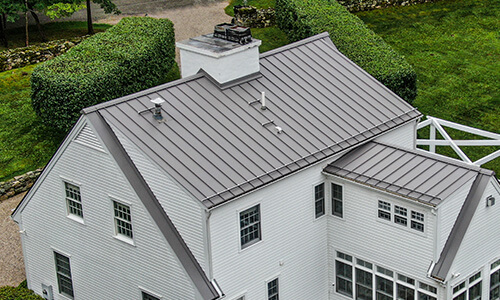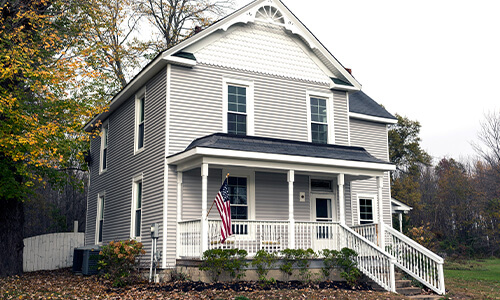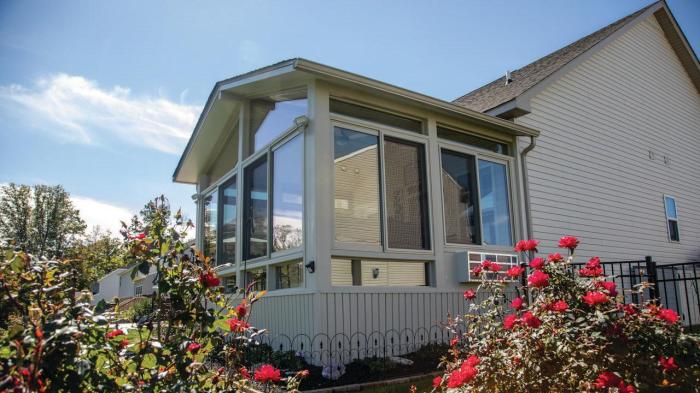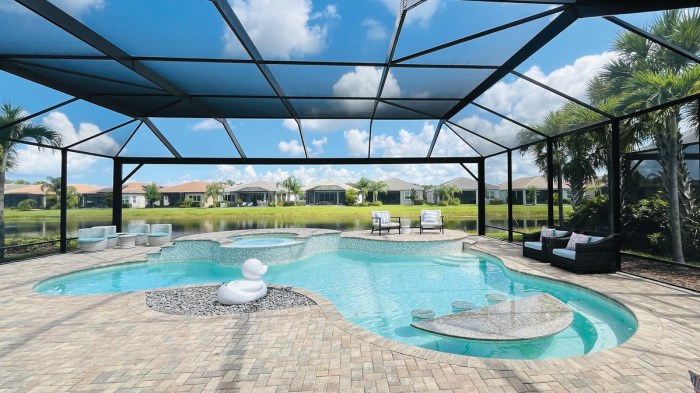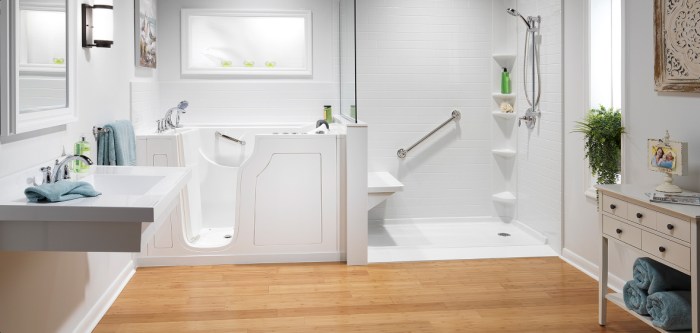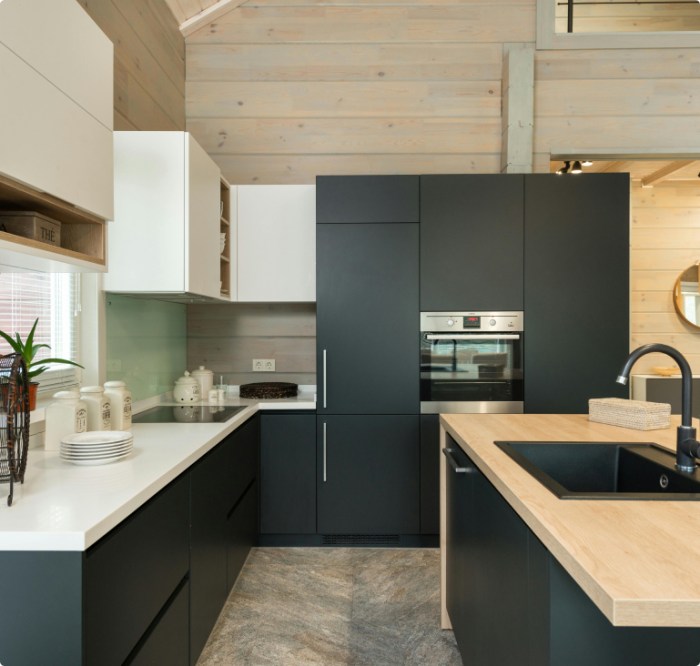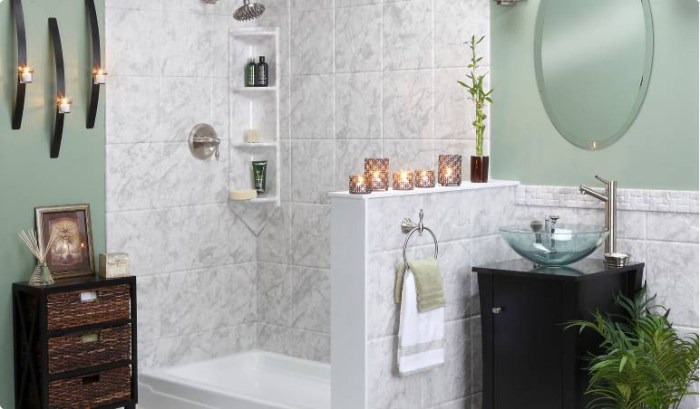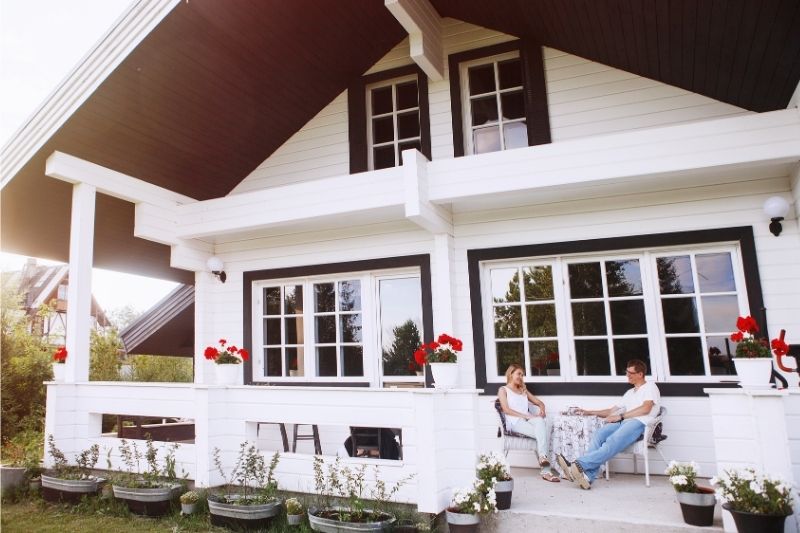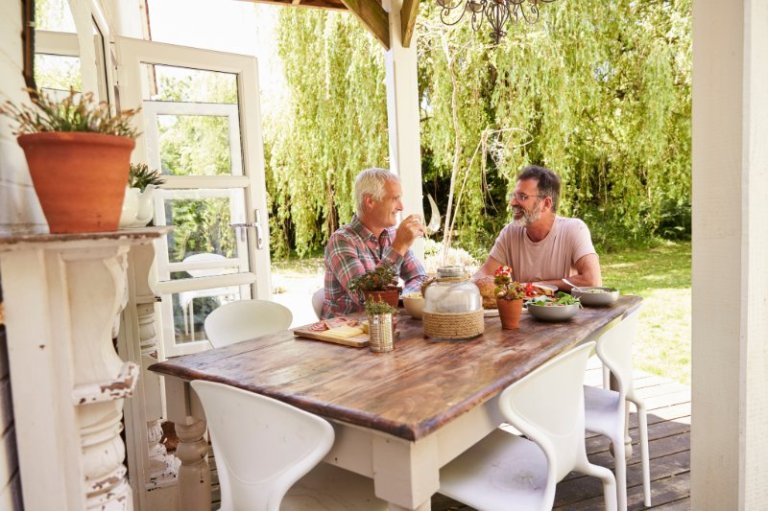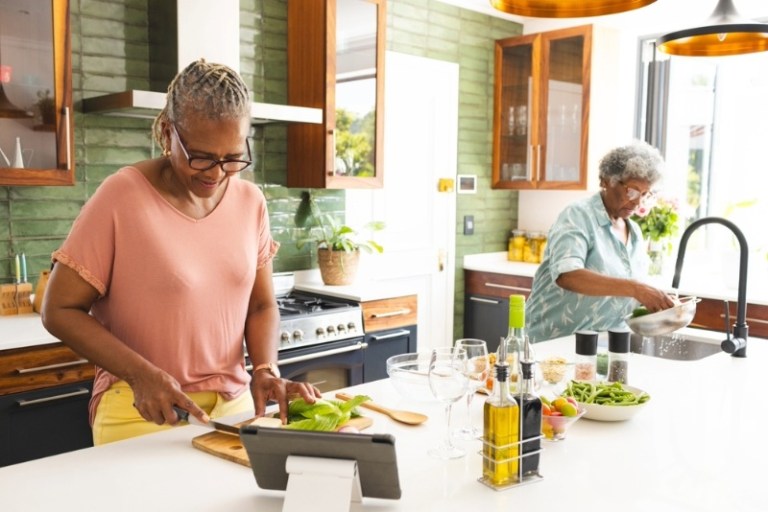Considering renovations but you don’t want to lose your home’s character? It can be done! By keeping the home’s architectural style in mind when making renovation decisions, you can retain a home’s character, unique charm, and even contribute to the overall aesthetic of the neighborhood.
Why Style-Appropriate Renovations Matter
Respecting the existing style of the home means that contractor must be willing to work withing the framework of the original design. You can set goals like enhancing curb appeal and preserving character while working with the style of the home.
Enhancing Curb Appeal Without Clashing
First, you need to know what style is your home? Colonial? Craftsman? Mid-Century Modern? Cape Cod or Traditional? Ranch or Contemporary? Knowing the style will guide you in making the decisions so that you are in harmony with the design and not working against it.
Each design has its own set of rules and defining characteristics from the roof shape and type of window to the materials used and overall symmetry. For example, installing sleek modern lighting on a traditional Craftsman bungalow could look out of place. Getting to know the style of your home and the characteristics that match will go a long way when making choices regarding curb appeal.
Preserving Character While Modernizing
Our goal here is to make the old and the new work in harmony with one another in order to preserve your home’s character while you update it. You want to find a way to honor the history in the architecture at the same time introducing updated functionality and comfort without overpowering the historical details. It’s a fine line to walk, but it can be done with careful decisions.
- Respect the Bones
Hang on to original features like crown molding, hardwood flooring, built-in cabinetry, or plasterwork. If you can, restore and highlight them. Unfortunately, sometimes they are beyond repair. In that case, talk to your contractor to see about replacing them with replicas. At Great Day we can walk you through that process. - Embrace the Old
The most awkward renovations are those that try to fake a historic feel with imitation materials. By keeping original materials side-by-side with new, modern materials like steel, glass or concrete, the distinction is clear between the old and new. There is a contrast that is obvious and beautiful. For example, if you have exposed brick in the kitchen from the 19th century, highlight it alongside a sleek, modern kitchen. - Don’t Forget Function
Plumbing, electrical, and HVAC are all necessary for an updated home. The good news is that you can hide these updates behind walls, ceilings or even flooring.
Explore the range of services at Great Day to assist you with these updates!
How to Renovate Based on Common U.S. Home Styles
Colonial Homes—Symmetry and Simplicity
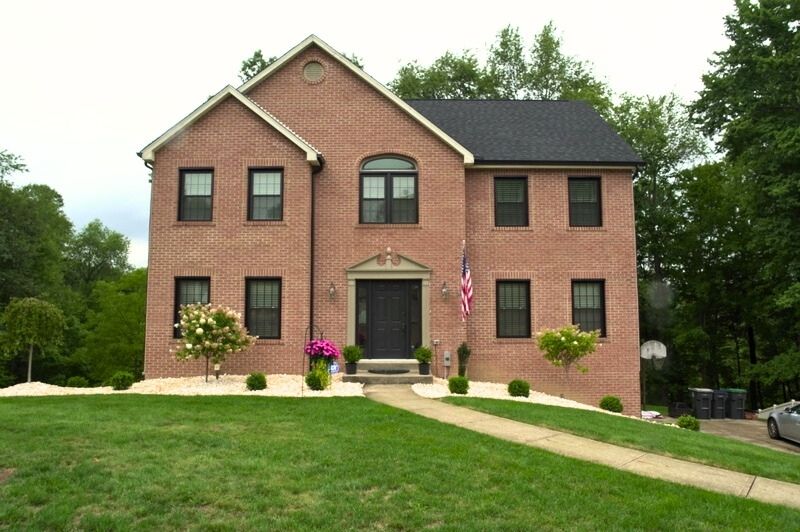
The goal here is to modernize and update without losing the classic, timeless appeal of a Colonial style home. More than likely, there is a formal, compartmentalized floor plan. While the urge may be to knock down walls, try instead widening doorways and installing pocket doors. This will retain the Colonial style floor plan and give you more space at the same time.
Thinking new kitchen? Try a classic, shaker-style cabinet and traditional hardwood flooring. This type of choice will help you work with your home style and not against it. Talk to us at Great Day for endless ideas in kitchen renovations.
Craftsman Homes—Woodwork, Windows, and Color Palettes
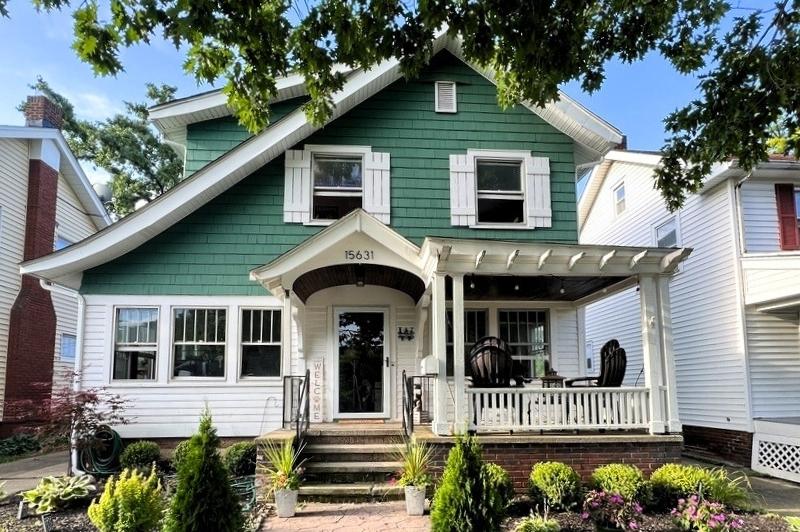
The woodwork, windows, and color palettes of a Craftsman home are the heart of this popular style home.
Woodwork
- Restore, don’t replace: The built-ins, wood trim, exposed beams are the soul of a craftsman. Don’t paint over them—strip them and restore their natural beauty.
- Add more wood built-ins or trim if you want to add to the existing style.
Windows
Bring the outside in. Large windows on the Craftsman home are meant to connect the interior with the outside. Avoid heavy window treatments and let the natural beauty shine through. Perhaps opt for lighter treatments like linen or cotton.
Color Palettes
The Craftsman style home is inspired by nature. When thinking color—think earthy tones: deep greens, muted blues, warm browns. Not only will these complement the wood, but they will create a sense of calm throughout the home.
Mid-Century Modern—Clean Lines, Large Windows
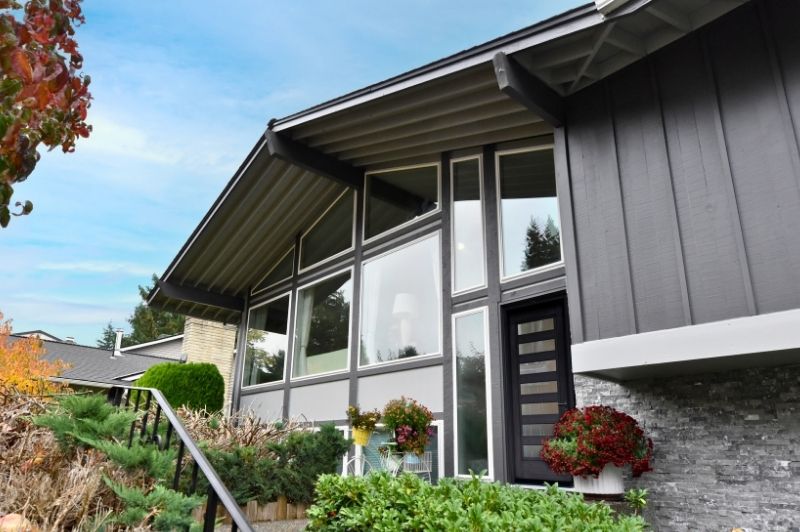
The architects of the Mid-Century Modern were pioneers of the open-floor plan. Embrace this concept especially if your home is still a bit compartmentalized. Consider bringing down a wall or two to open up the floor but still retaining clear, defined spaces. You can use furniture, area rugs, even built-ins to define living spaces in larger areas.
The large windows are a major feature of a Mid-Century Modern. Consider renovating with roller shades or streamlined drapes to keep a minimalist look for the windows and honoring the clean lines style of the Mid-Century Modern. Avoid anything bulky or ornate.
Bringing the outdoors in is another feature to the Mid-Century Modern. Not only do the large windows accomplish this but adding a sunroom is another way to incorporate the outdoors in your indoor living space.
Cape Cod & Traditional Styles—Dormers, Doors, and Siding
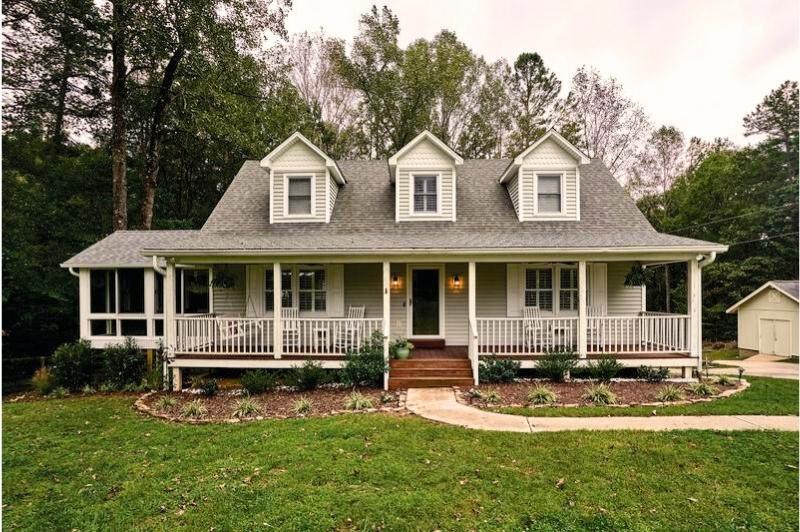
The dormers are what define the Cape Cod, honoring this classic look is key in a renovation. You want to make sure they’re proportionally scaled to the size of your home. Avoid oversized or mismatched dormers. One consideration in a renovation is additional space. You can add what’s called a wide shed dormer. This slopes the roofline in one direction and extends across the width of the home, giving you additional living space while keeping with the symmetry and harmony of the Cape Cod style.
If replacing siding, a traditional Cape Cod uses clapboard or shingle siding. The color palette is usually neutral colors, but the trim contrasts the siding as a highlight.
As for doors, they’re the focal point of a Cape Cod symmetrical façade. Simple wood or fiber glass, you can choose a bright color like red, navy blue or forest green to really make the door pop as the focal point.
Ranch Homes—Horizontal Layouts and Low Profiles
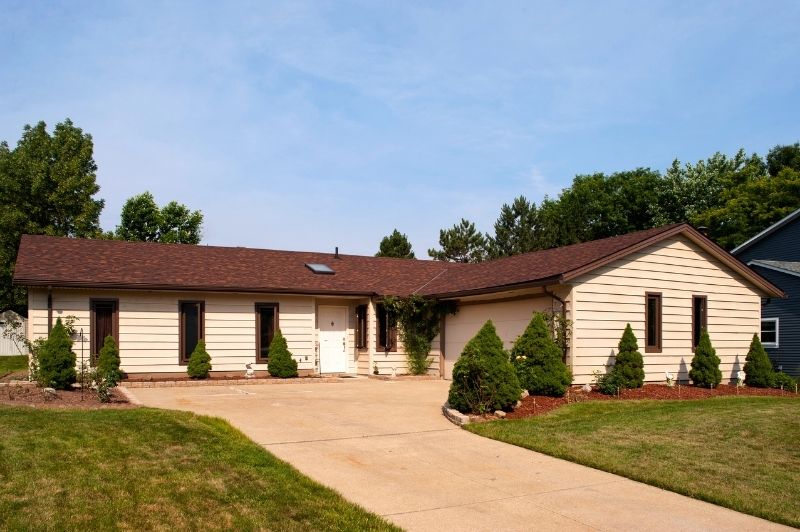
A ranch home is a great style to work with. The horizontal lines in a ranch home should be emphasized in your renovation. If you’re looking for a modern look, consider horizontal wood slats on the exterior to reinforce the horizontal profile or add a front porch or extended overhang over the front door.
Landscaping also leans-in to the low profile of a ranch home by adding visual interest and breaking up the horizontal lines. You can add trees and shrubs of varying heights and terraced garden beds.
Also, embrace the front entryway! Make it a focal point with a portico, or a small gable. Along with the enhanced landscaping, you can really dress up this part of the ranch style home.
Contemporary Homes—Sleek Materials, Minimalist Design
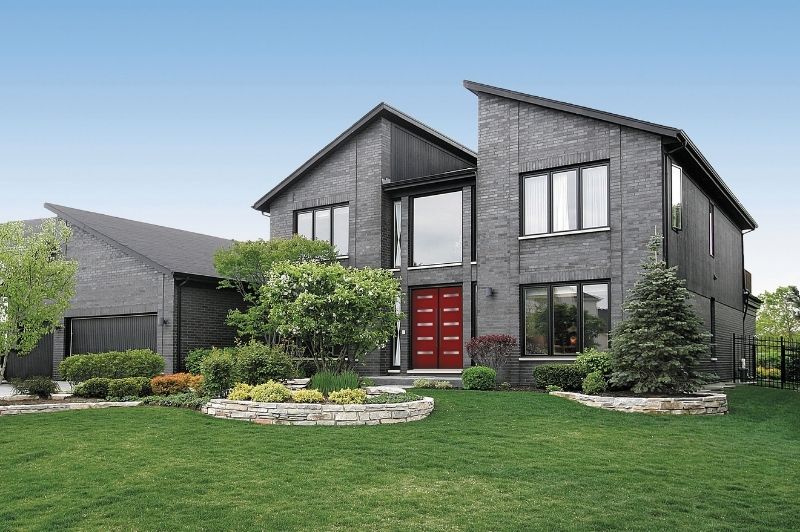
A contemporary home is all about a calm, functional, uncluttered living space. The design is intentional and emphasizes simple, clean lines. But that doesn’t mean it can’t be updated and renovated!
Think asymmetrical shapes, and a mix of modern materials when renovating a contemporary home. Want to renovate the kitchen? Consider quartz or even stainless steel for the countertops to give your home that seamless look. Cabinetry that is flat-front will give your kitchen a streamlined appearance.
Color palettes in a contemporary home are whites, blacks, and greys to give the home a calm but also a spacious feel. Contemporary homes are known for open-concept living and typically have built-in furniture like floor-to-ceiling cabinets, hidden drawers, furniture with storage, anything to assist in de-cluttering the home.
Not sure which design fits your home? Check out our project gallery for inspiration.
Design Details That Help Blend Old and New
Window and Door Selection by Style
- Colonial
All about symmetry. Choose a double hung window with grid like pattern and a solid paneled front door. - Craftsman
The emphasis is on natural details and handcrafted materials. You could choose double hung or casement windows. The craftsman door is typically a solid wood with prominent vertical paneling. - Mid-Century Modern
Remember to connect the indoor with the outdoor. Choose large windows, sliding glass doors, casement windows. Door should be sleek, simple, flat panel design. - Cape Cod
Simple and classic. Double hung windows look best—remember the symmetry of the dormer windows. The door is typically centered and a simple panel door. - Ranch
Similar to Mid-Century Modern, horizontal lines are the feature here. Large windows, sliding glass doors. Anything to bring in more natural light as the low profile of a ranch can dim the interior. Front door can be simple panel design. - Contemporary
This is all about natural light. You’ll see floor-to-ceiling windows in the contemporary home and even glass doors. As for the front door, opt for something contrasting like a metal door.
Talk to a professional at Great Day about matching windows and doors to your home architecture.
Siding, Roofing, and Exterior Finishes
Siding
Clapboard siding is made up of long, horizontal boards that overlap. They can be wood or vinyl meant to look like wood. You’ll find clapboard siding on styles like Cape Cod homes, Colonial, and Ranch. These homes lean more to the traditional end of styling.
Mid-Century Modern and Contemporary homes are on the modern end of styling. They use large, smooth fiber cement panels, stucco, or a combination of brick and wood to create their visual interest.
On the other hand, a Craftsman style home is about natural materials. Here you will find horizontal siding on the main body—but the style is to use wood or fiber cement meant to mimic wood.
Roofing
Some house styles have unique rooflines that is a defining feature of that particular style. In a Colonial home, you’ll find a steep, pitched gable covered in asphalt shingles. In a Craftsman, there’s a low-pitched gable with exposed rafters and a wide overhang. Ranch homes have low-pitched roofs or even flat roofs. A contemporary home can have a flat roof too, but more recently you’ll find a butterfly roof creating a more dramatic look.
Exterior Finishes
As for exterior finishes, a Colonial and Cape Cod style home both rely on symmetry and a simple color palette. A Craftsman style home is a more earthy color palette with a prominent trim around the windows and doors. On the other hand, Contemporary homes have little to no trim on their exteriors, using a minimalist approach.
Interior Upgrades That Complement Architectural Lines
The key here is to select materials, colors, and finishes that work with your home styles.
- Colonial
Think classic and timeless. Paneled doors, wainscotting, hardwood flooring. Classic white on those shaker cabinets in the kitchen. - Craftsman
Restore the built-ins and create new ones. Use soft browns, muted blues, deep greens in your color palettes. Remember to stay as natural as possible when choosing your materials. - Mid-Century Modern
Clean lines and functionality for this style. Low profile furniture. Flat-front cabinetry or polished, concrete flooring. - Ranch
A fireplace can add a focal point to main living area. Sliding glass doors and large windows can bring more natural light to brighten up the interior. - Contemporary
Minimalist approach. Neutral colors like, whites, greys, blacks. Materials like metal, polished concrete and glass will really modernize the look.
Style-Conscious Renovation Pays Off
In the end, living in the home is about enjoying your home. A renovation that is in harmony with the home’s architecture will go a long way to your satisfaction and happiness in your home’s aesthetic appeal and functionality. Ready to start the process?
Frequently Asked Questions
How do I know my home’s architectural style?
You’re in a great place to start! Take a look at your home’s overall shape and symmetry: Is it single story or multiple stories? What is the shape of the roofline? What are the materials on the exterior? This will get you started after reading through the different classes of home styles and their features.
Can I mix modern elements with my traditional style home?
Yes! You absolutely can—this is called transitional style renovating. The key here is to remember those “bones” of your home’s style. Honor those bones while still choosing modern elements. Contrast these elements while retaining traditional elements in your home. This is a great way to express your unique personality in the context of your home’s architectural history.
What materials should I use to ensure my renovation is cohesive with the rest of my house?
A consistent color palette is a really great place to start. Choose the color palette you like based on the home style and honor that and evolve it all through the house. Not every room has to look exactly the same (it shouldn’t), but they should feel like they all belong in the same house (because they do!).
How will a style-conscious renovation affect my home’s value?
The right balance of style can increase your home’s Return-On-Investment (ROI). A house that looks good and makes an interested buyer say, “I can see myself here,” is always a good thing. However, you have to make sure that your style choices aren’t so unique that they end up hurting your home’s value.






















